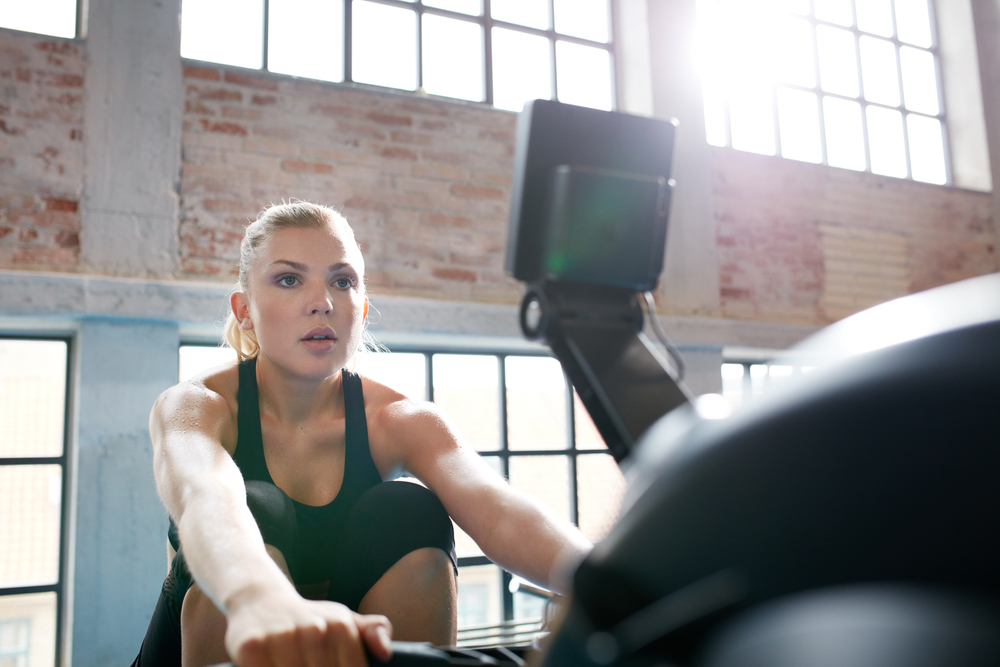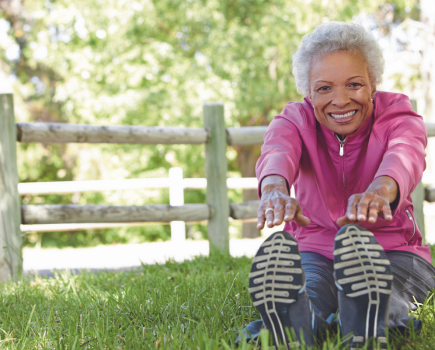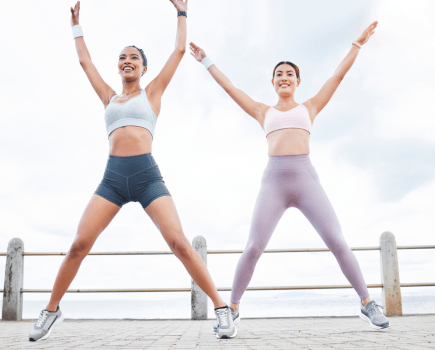With the Oxford-Cambridge Boat Race just behind us and British Rowing encouraging women to get involved in the sport, we look at the amazing health benefits of messing about in boats.
There’s nothing much more glorious than a spring morning spent rowing on the river, watching the sunlight refracting into rainbows through the spray splashed up by your oars. As the days finally start to warm up it’s the perfect time to ditch the treadmill and start messing about in boats. And now’s a great time to take up rowing, what with it being on the rise in the UK. While it has often been seen as something of an ‘elitist’ sport, rowing has actually never been more widely accessible – around 700,000 people in England now row on a monthly basis, according to Sport England.
Women’s participation in rowing, in particular, has soared by 50 per cent since 2012 – perhaps inspired by the London 2012 Olympic Games, where British women won an amazing three gold medals. ‘We want more women to get active through rowing,’ says Helen Rowbotham, director of innovation at British Rowing. ‘It can help you to get fitter and stronger, benefit your mental health, teach you new skills and can potentially connect you to a whole new social network.’ And if you’re too far away from your nearest club, or just don’t have the time to commit, then jumping on an indoor rowing machine can bring you similar fantastic health benefits. In fact, it’s one of the best ways to get a full-body workout when you’re pushed for time.

To inspire you, British Rowing has released a number of online workout videos (britishrowing.org), which you can use to guide your workout at home if you’re lucky enough to own a rowing machine, or you can watch while in the gym. The videos are part of their new campaign #SheRows, fronted by Olympic champion Helen Glover, which aims to get 10,000 more women into indoor rowing by 2021. You could also attend a rowing-based fitness class. Visit britishrowing.org/indoor-rowing to find a Go Row Indoor session, or try RO at Virgin Active (virginactive.co.uk). So whether you want to push yourself to your limits, or fancy more of a pootle round a lake, you can get some amazing health benefits from sticking your oar in.
Oarsome benefits of rowing
From toning your core to calming your mind, rowing does all this and more…
Exercises your heart
Whether you’re on an indoor rower, or racing across the water, you’ll get
a great aerobic workout. ‘It’s a fantastic cardiovascular and fat-burning exercise,’ says Clare Holman, British Rowing’s Go Row Indoor master trainer. ‘You could burn more than 300 calories in 30 minutes.’
Strengthens your core
Many people mistakenly believe that rowing is all about the arms, and that you need major upper body strength to be able to do it. In fact, rowing is one of the most efficient whole-body workouts around. ‘Every rowing stroke uses 85 per cent of your muscles over more than nine major muscle groups,’ says Clare. ‘You’ll work your quads, glutes, core, shoulders and, yes, your arms.’
Protects your joints
If you’re looking for a sport that doesn’t put pressure on your joints, rowing could be the one. Like swimming, it’s a low-impact but effective full-body workout.
Maintains your muscle
Due to the pressure of the water, or the weighted drag of an indoor machine, rowing can be a great form of resistance training. This kind of exercise not only keeps you strong, fending off the loss of lean muscle mass that occurs as you get older, but can also boost your bone density – particularly important after the menopause. The improvement in bone density makes rowing an effective exercise for people with osteoporosis, according to research published by Washington University’s School of Medicine.
Trains your brain
Whether you’re trying to keep in time with your teammates, attempting to steer your boat, or just concentrating on the right technique, there’s no doubt that rowing is a mental as well as a physical challenge. The mental agility required to master a new skill can protect your cognitive health as you get older, according to a study published in Psychological Science.
Clears your mind
All exercise helps you to manage your mental health, and rowing has particularly great benefits. ‘Being outside on the river, surrounded by natural beauty and feeling the air on your skin, is a fantastic mood-lifter,’ says Patricia Carswell, a journalist and passionate rowing blogger (girlontheriver.com). ‘Even if the weather isn’t great, it still feels good,’ she says. ‘There’s something about defying the elements that makes you feel wonderful.’
Because rowing requires you to focus, and to settle into a rhythm, it can be an incredibly meditative and soothing pastime. ‘You can’t really think about anything else when you’re rowing,’ says Patricia, a breast cancer survivor who carried on rowing through six rounds of chemotherapy. ‘You really do leave all your troubles behind, and it’s incredibly mentally refreshing.’
Keeps you social
Rowing will ignite your spirit of adventure and give you a real leap in confidence. It can also be a great way to meet new people. ‘Unless you row in a single scull (a one-person boat) rowing is a team sport,’ says Patricia. ‘Being part of a squad, especially if you experience the ups and downs of competing, forges deep and supportive friendships.’
While rowing has had a reputation for being a younger person’s sport, popular with students, it really is open to all. In fact, 19 per cent of British Rowing’s 30,000 UK members are aged 50 or more. ‘It’s suitable for all ages,’ says Patricia. ‘People commonly take up rowing in later life, and row well into old age.’
THE PERFECT STROKE
There are two phases of a stroke: the drive and the recovery. This technique can be used on an indoor rowing machine or out on a boat.

Drive: Start the drive with your legs bent, your back straight and your body bent forward slightly. ‘Push back with your legs,’ says Clare. ‘Once the legs are nearly straight, start to lean back, until your body is at around 1 o’clock, which will work your core. To finish, pull the oars to just below your chest, sitting tall with straight wrists and elbows back.’
Recovery: This is the exact opposite of the drive. ‘At the top of the stroke when the oars are at your chest, straighten out your arms, then lean forwards before bending your legs to move back into the starting position,’ says Clare. People often make the mistake of bending their knees as soon as their arms are pulled in, but the arms should be straightened out first.







